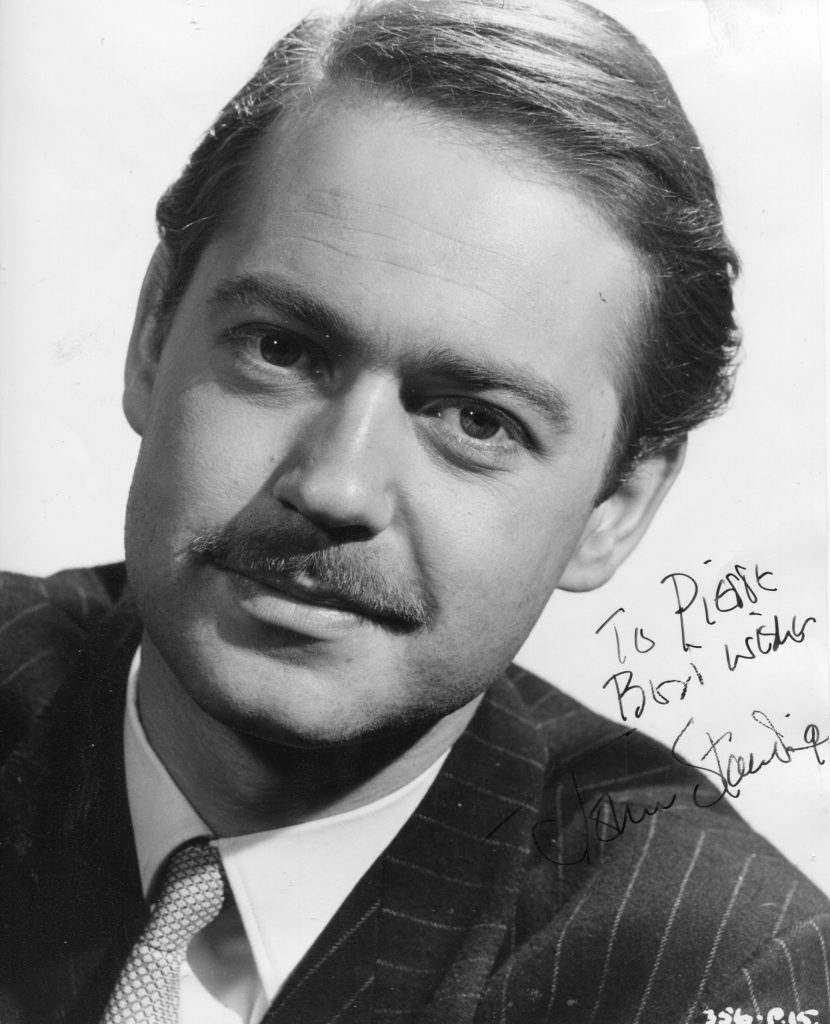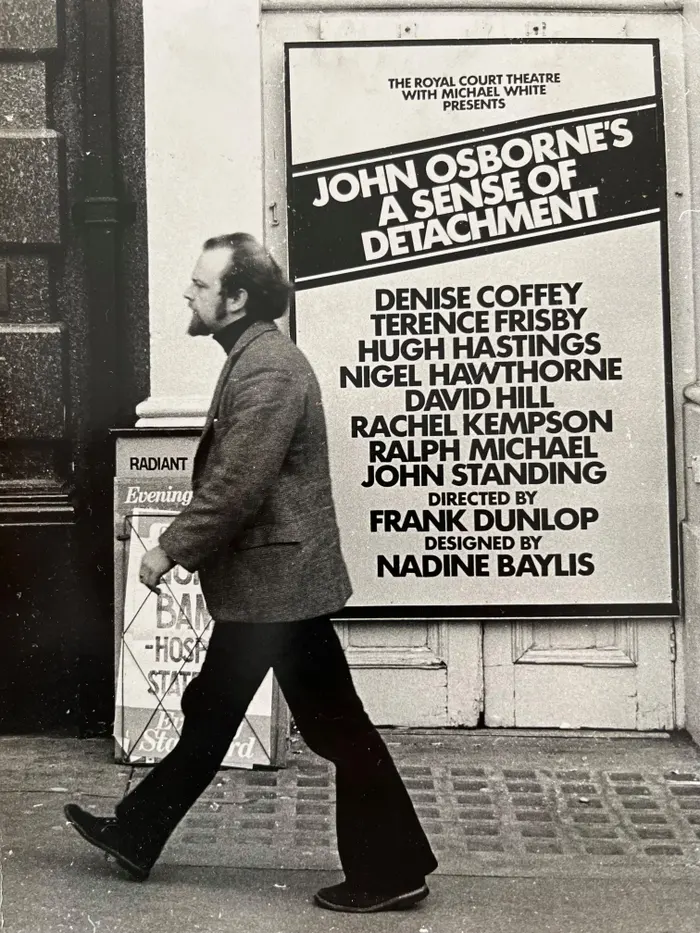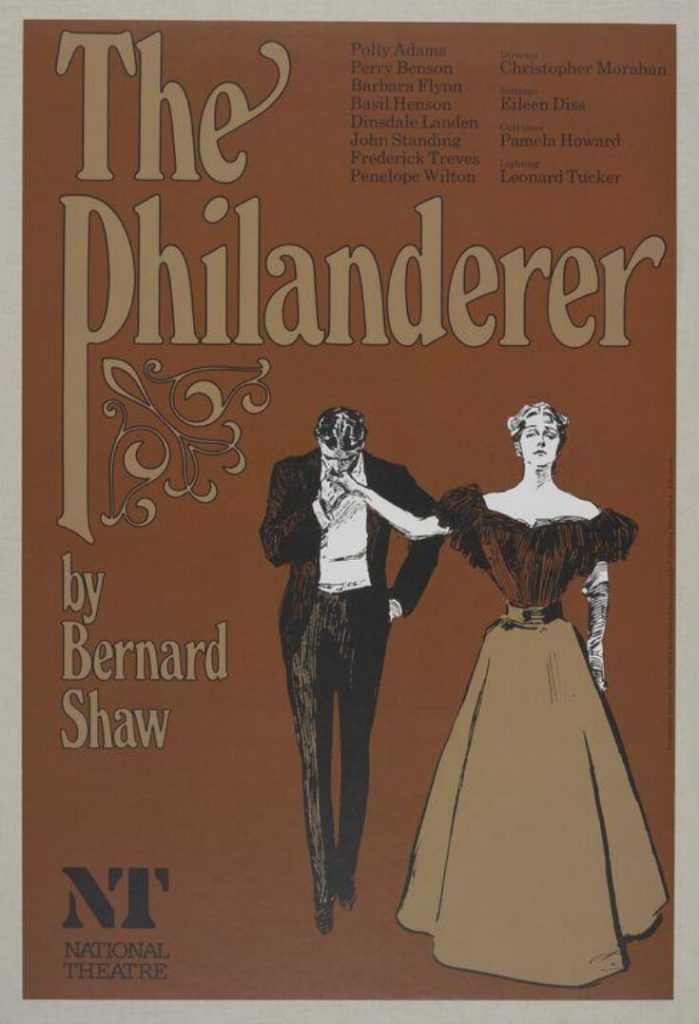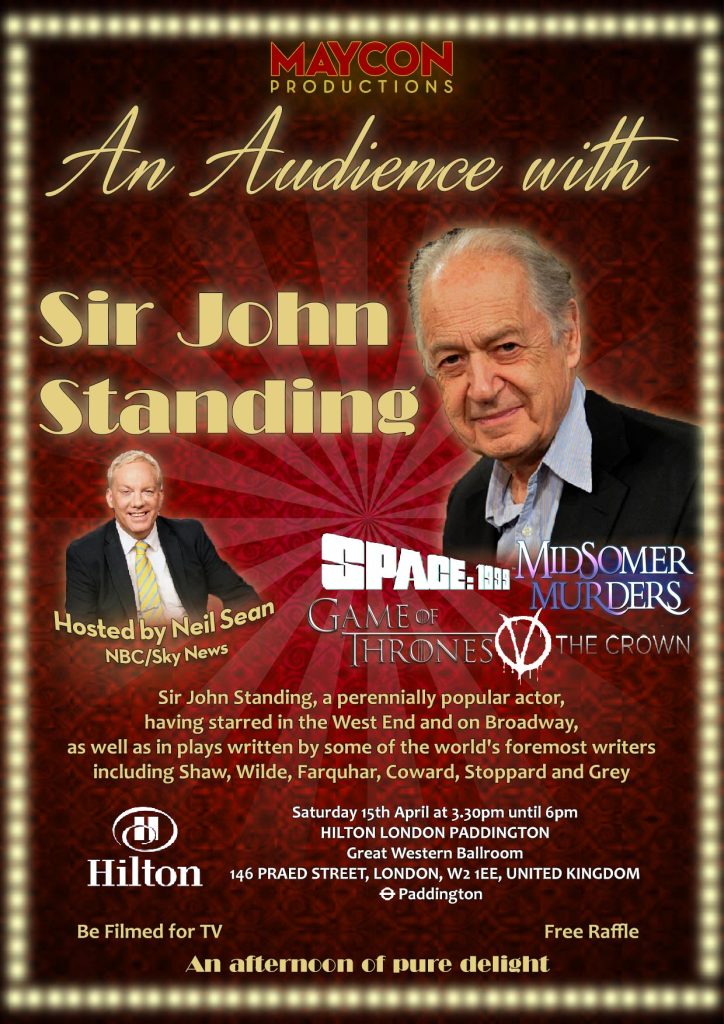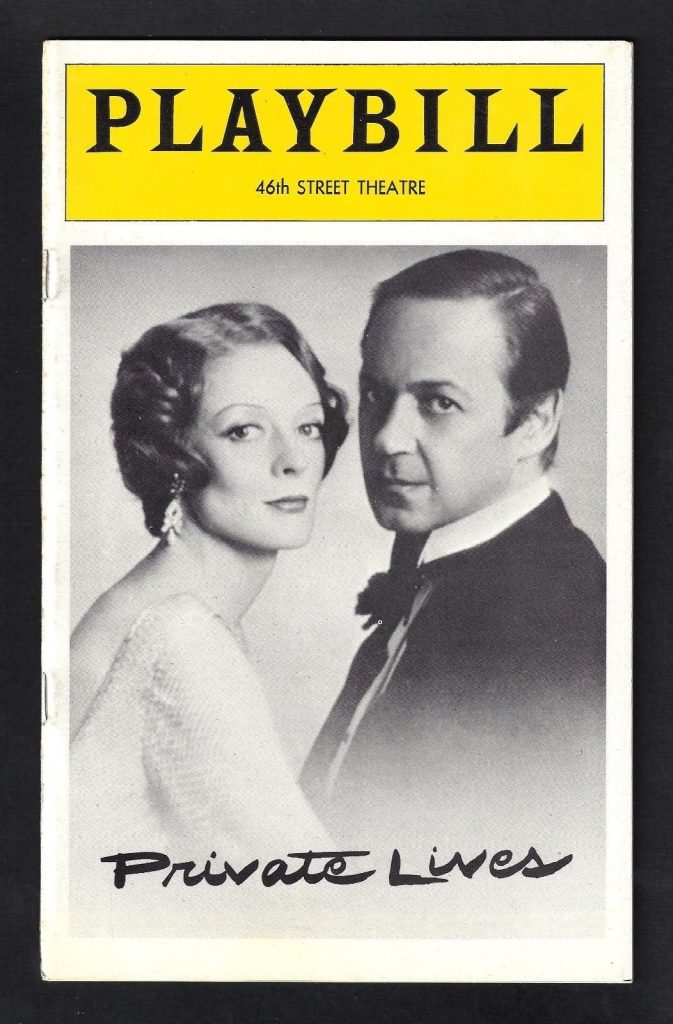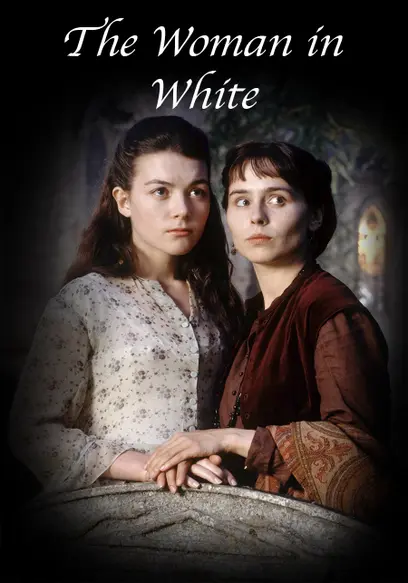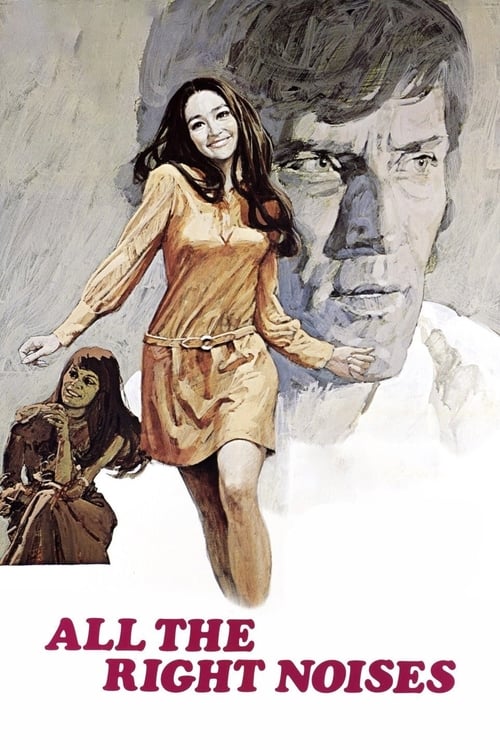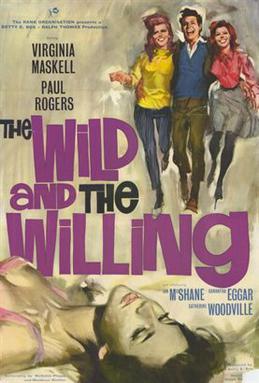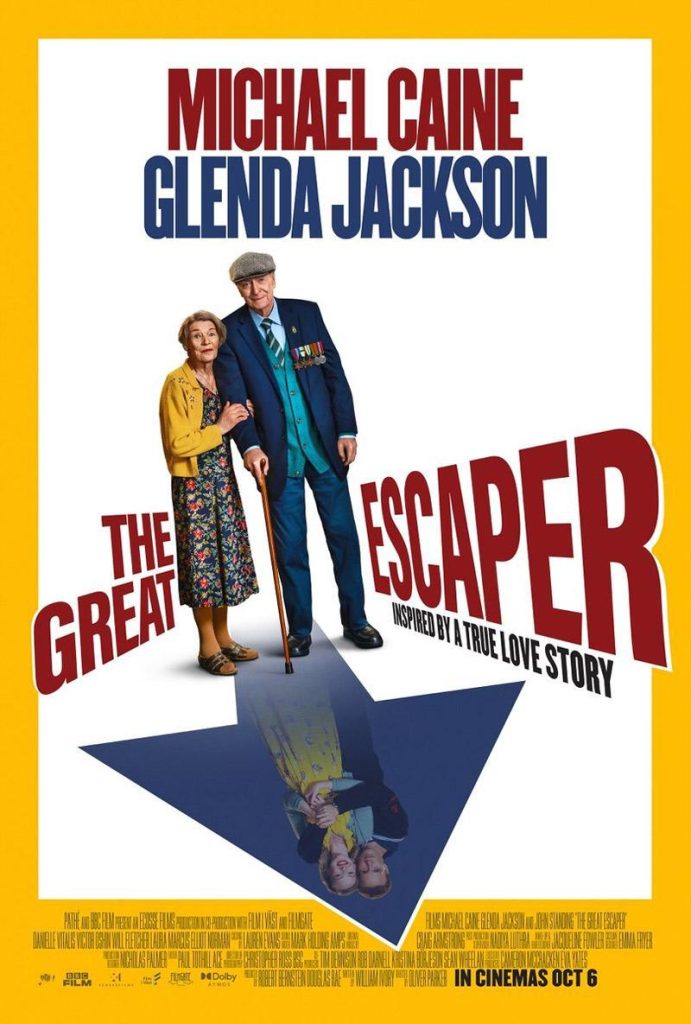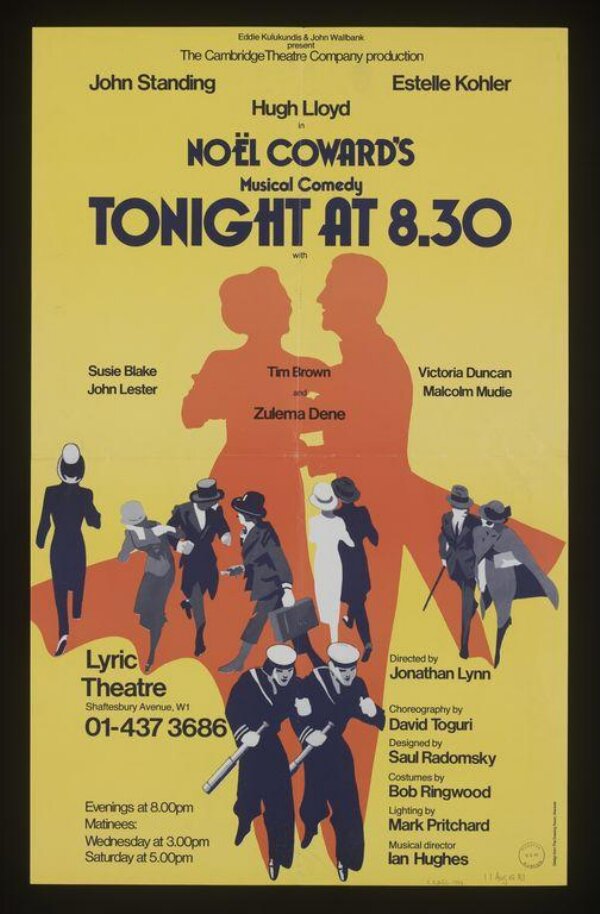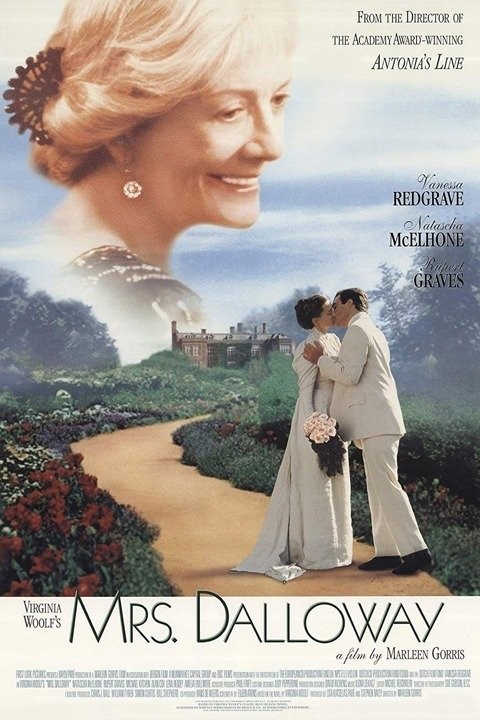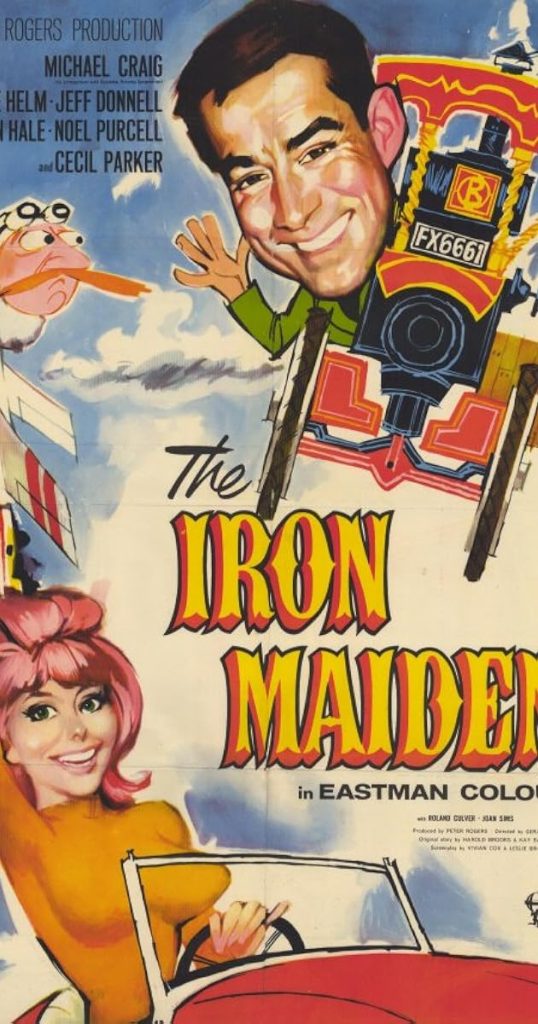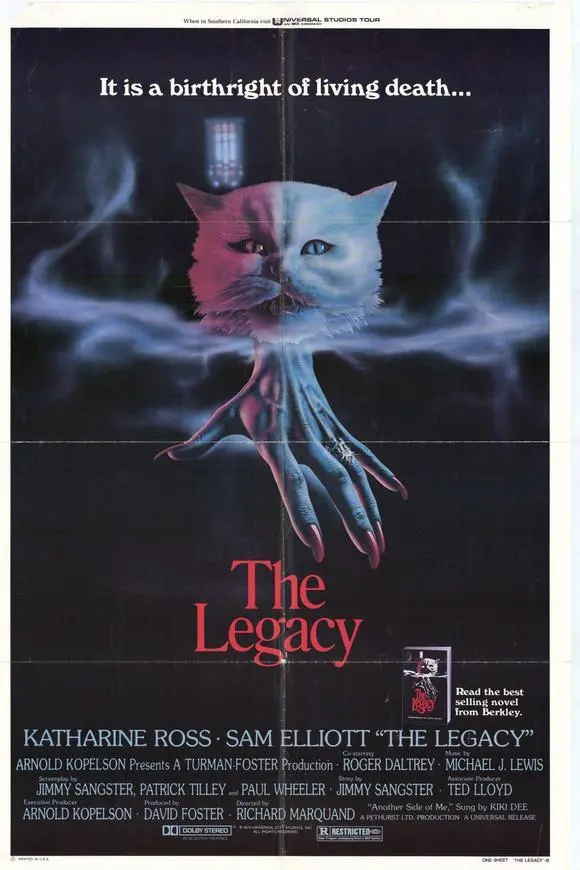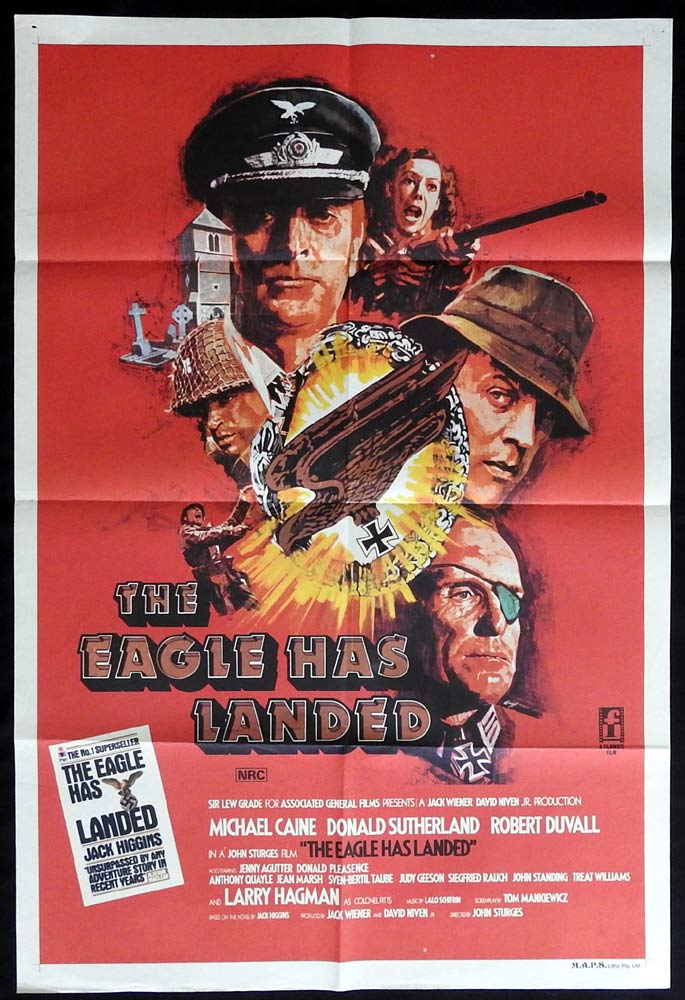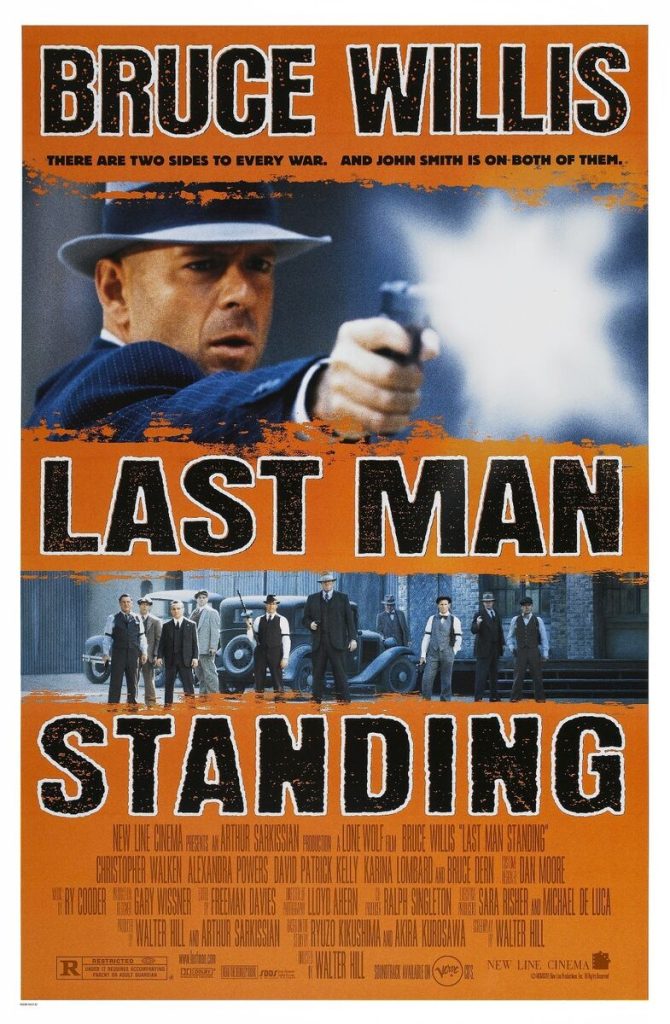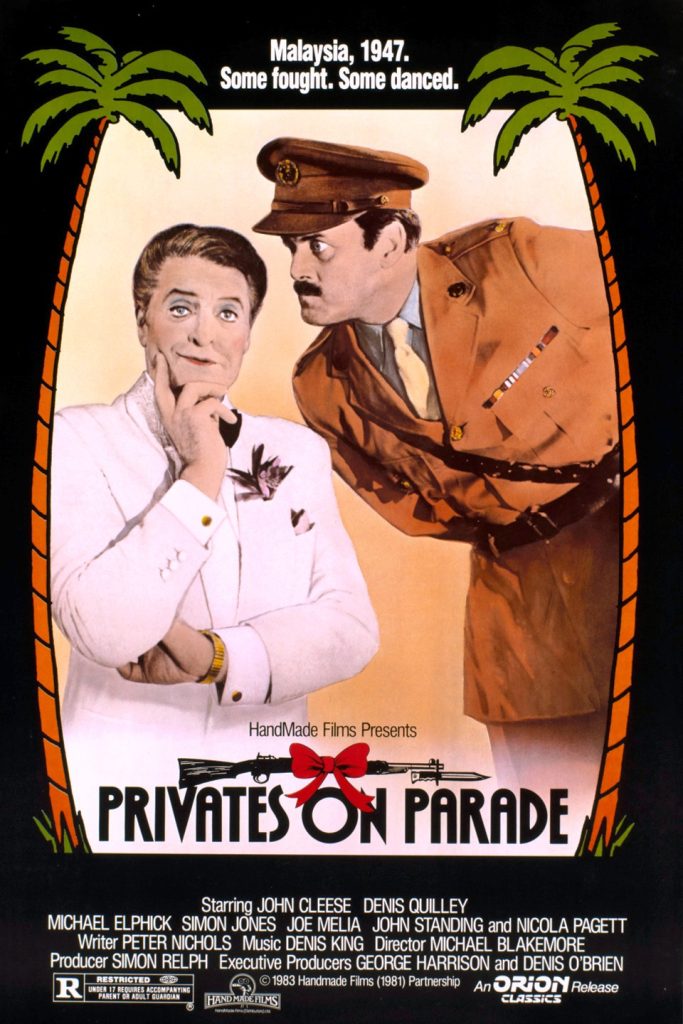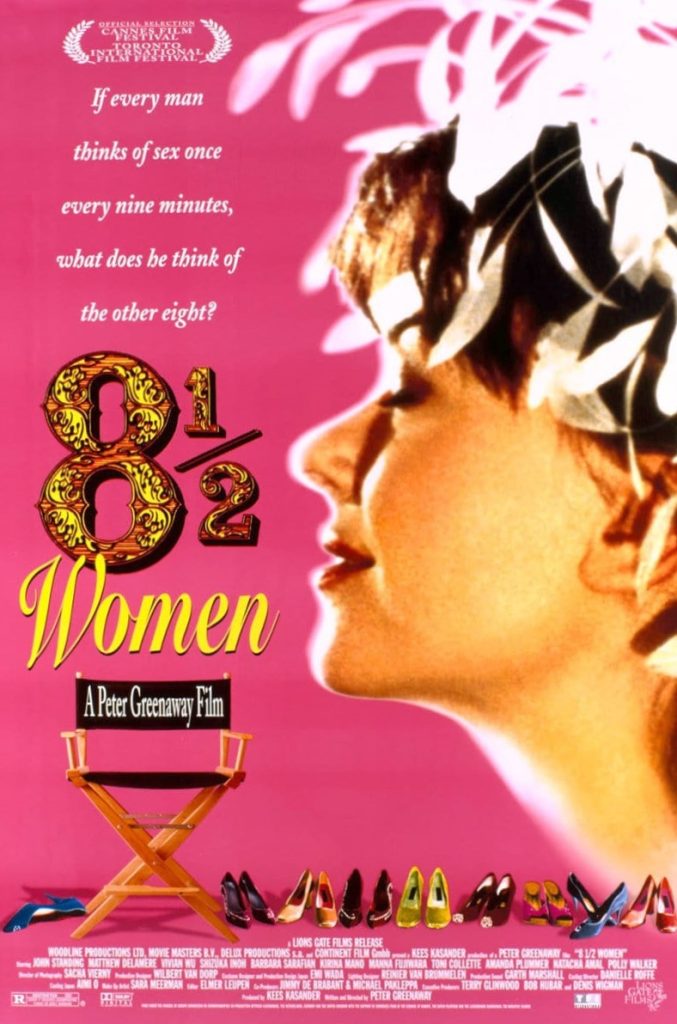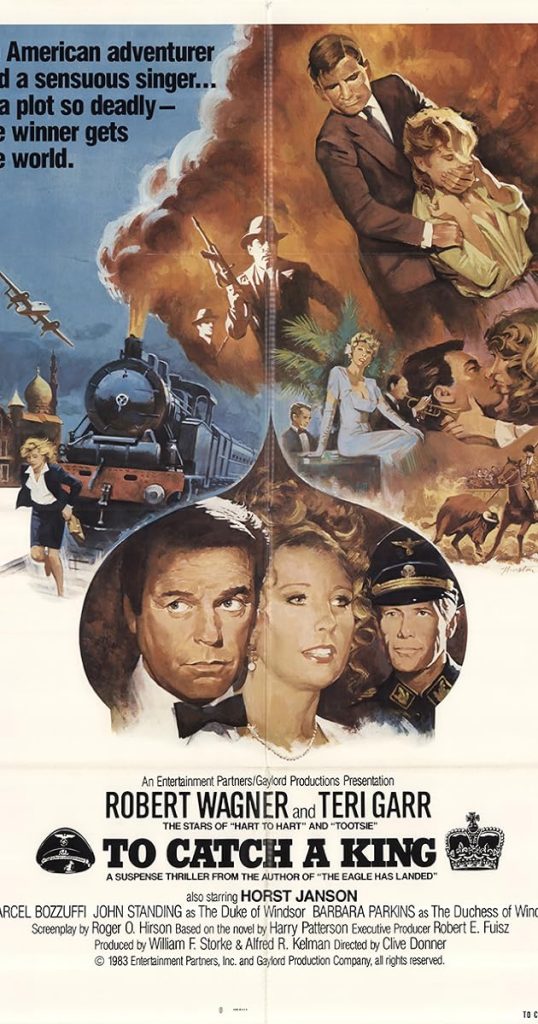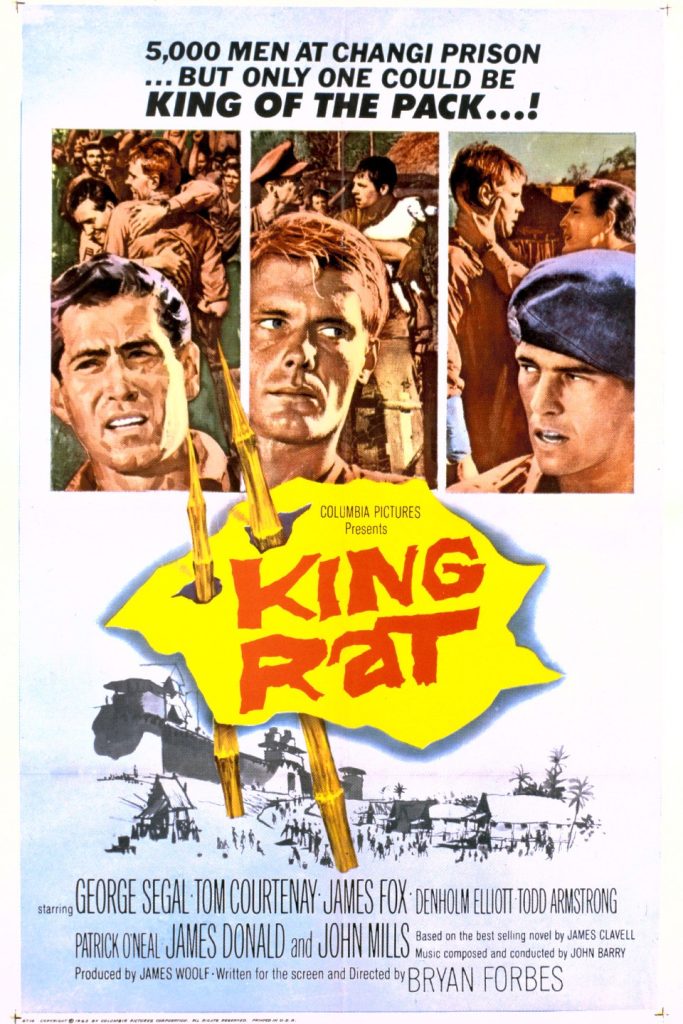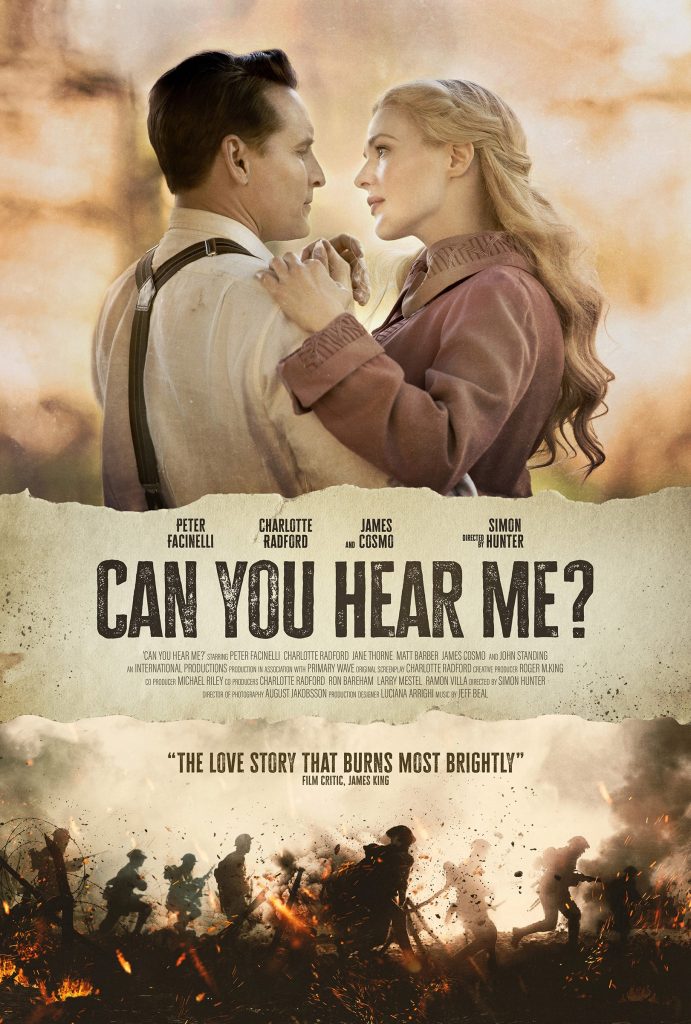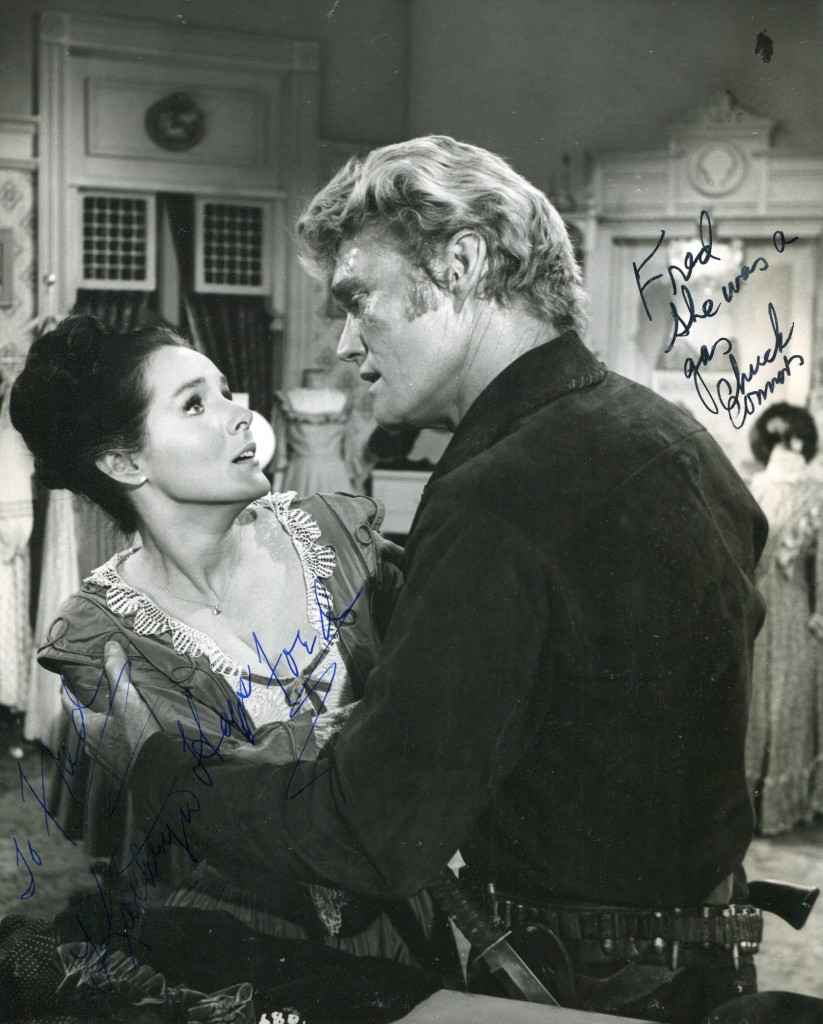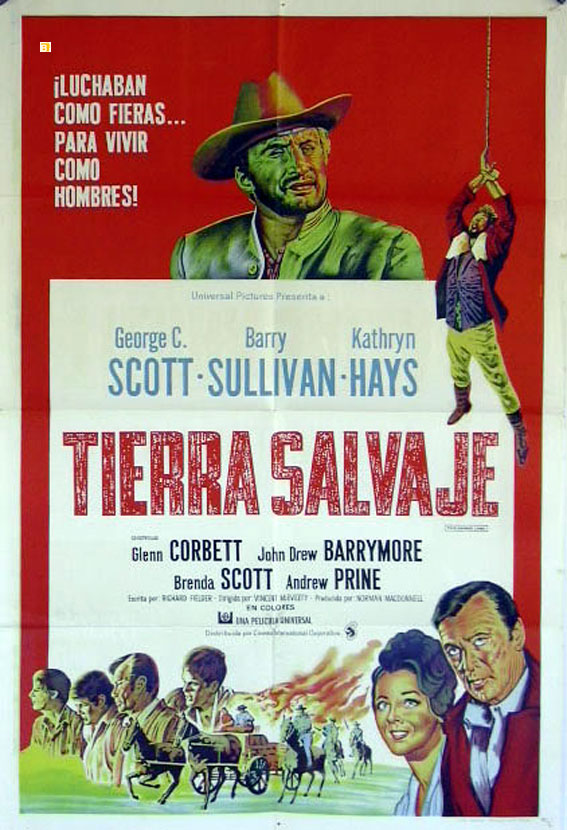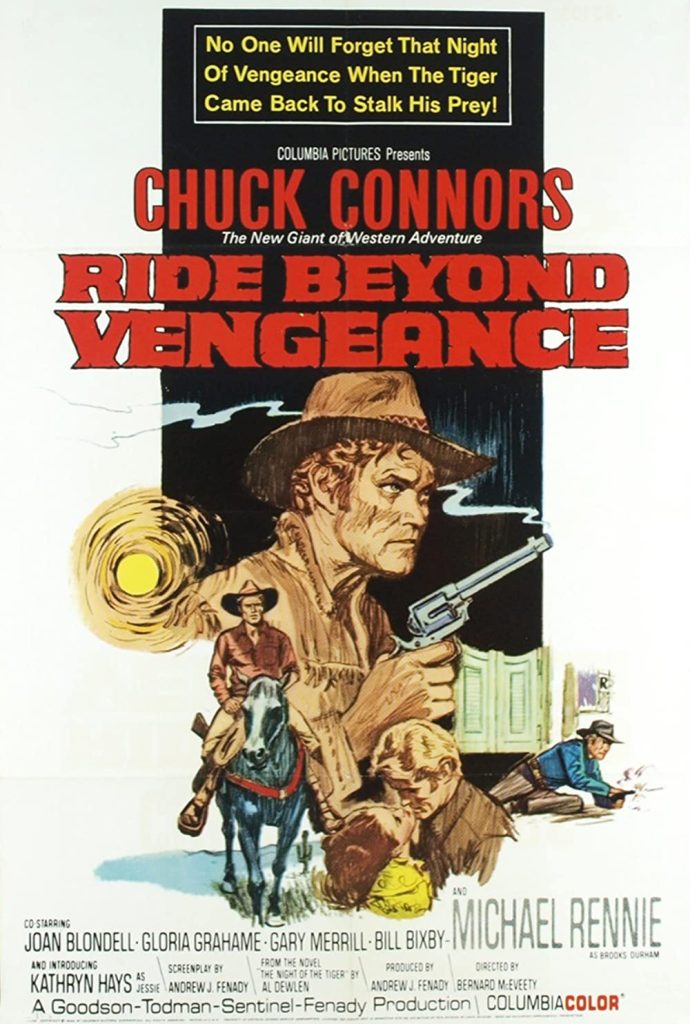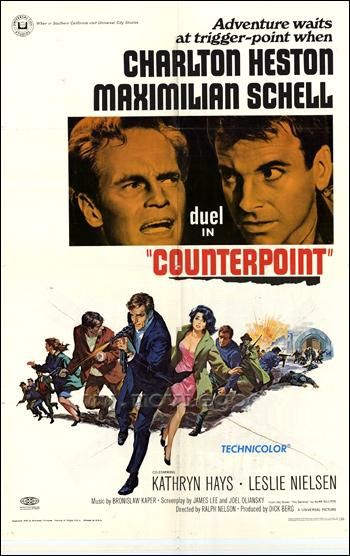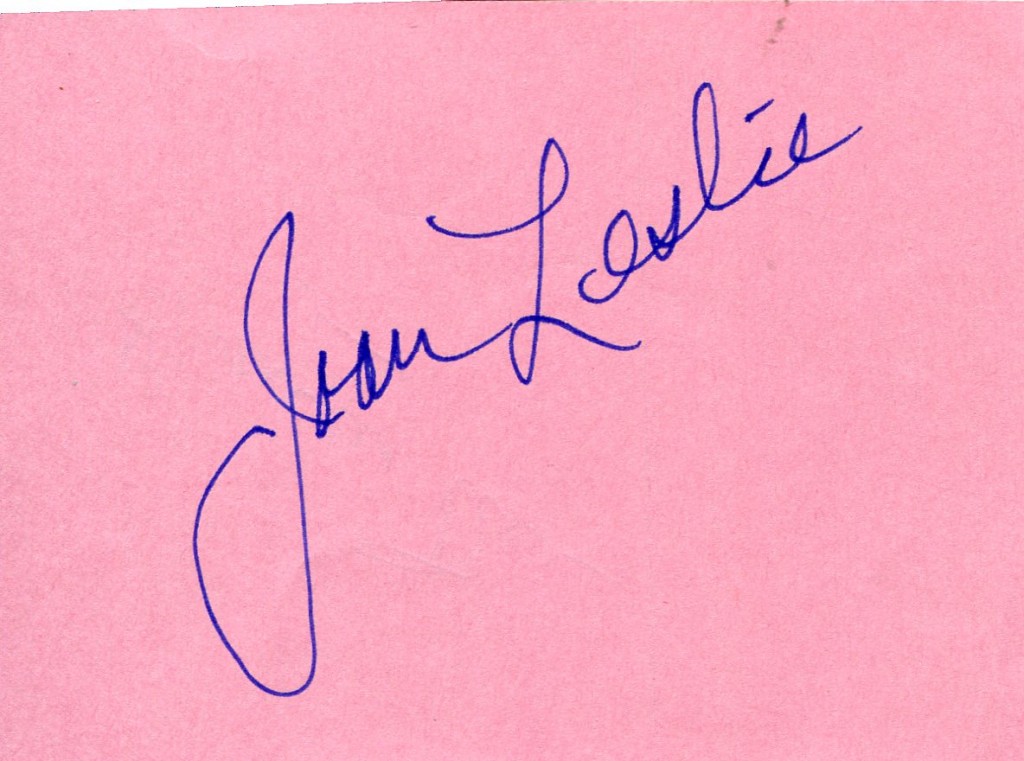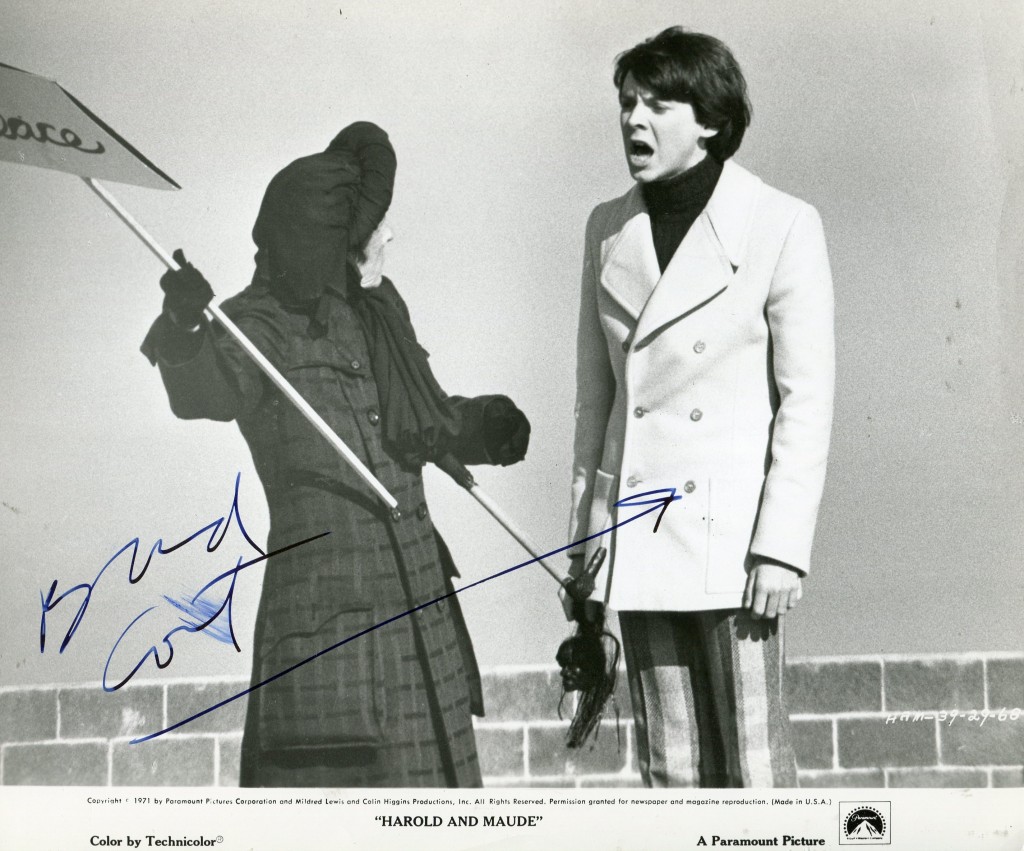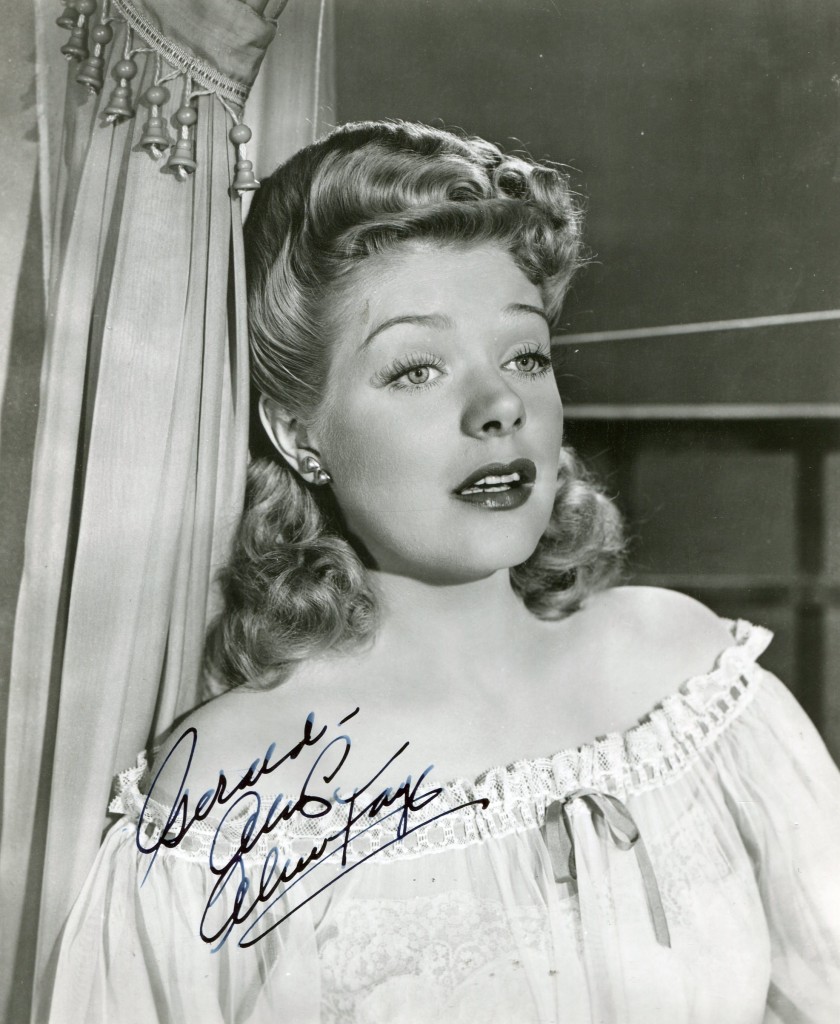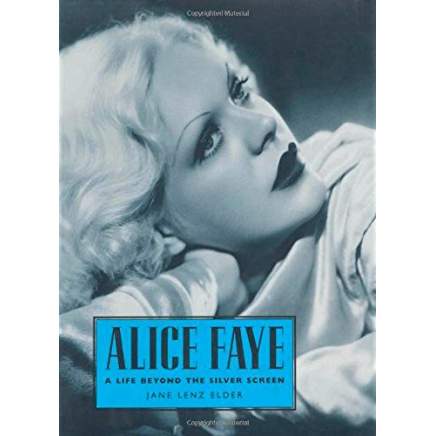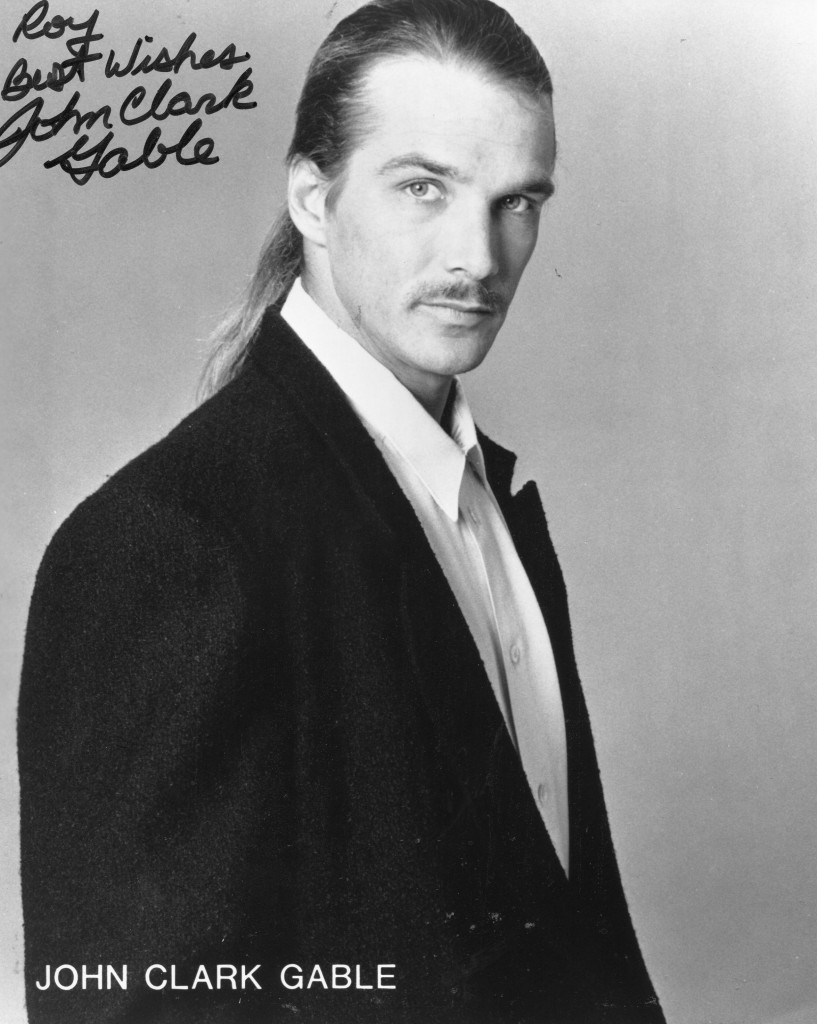From the late 1930s to the mid-1940s she was a top box- office attraction in such films as Alexander’s Ragtime Band and That Night in Rio, and composers Jule Styne and Irving Berlin were among those who praised her melodic distinctively throaty crooning style. Among the songs she introduced on screen was the 1944 Oscar-winner “You’ll Never Know” which became permanently identified with her.
Though Faye’s image on screen was ultimately one of warm appeal (she frequently played the wronged heroine faithful to the thoughtless hero till the happy fade-out), she started her career as a buxom blonde with a come-hither style.
When Rudy Vallee introduced her as his vocalist on a radio show in 1933, he told listeners: “For those of you wondering what Miss Faye looks like, I can best describe her as being like a young Mae West.”
Born Alice Jeanne Leppert in New York City in 1915, she obtained a job with a dance troupe at the age of 14 (lying about her age) and two years later, having changed her surname to Faye, was in the chorus of George White’s Scandals (1931) on Broadway. At a cast party its star Rudy Vallee heard Faye sing and was so impressed he hired her as vocalist on his radio show and ultimately became romantically involved with her – she was to be named by his wife in a stormy divorce case.
Signed by Fox to star in the film George White’s Scandals (1934), Vallee persuaded the studio to cast Faye and, when Lilian Harvey walked out, to give Faye the star role. Offered a long-term contract by Fox, she stayed in Hollywood when Vallee returned to New York.
Though her early films were undistinguished – she confessed later that she learned to act in front of the camera – Faye’s singing was always praised, and her recordings for Brunswick records sold well. In Every Night at Eight (1935), she introduced “Feel A Song Coming On” and in King of Burlesque (1936), “I’m Shooting High”. This film (Faye’s eighth) convinced the studio chief Darryl F. Zanuck that Faye deserved superior scripts and top-rate productions.
After supporting Shirley Temple in Poor Little Rich Girl (1936), Faye was given her best film to date, Sing Baby Sing (1936), in which she introduced another standard, “You Turned The Tables on Me”, and appeared for the first time with her future husband Tony Martin.
She introduced one of her biggest hits, Mack Gordon and Harry Revel’s “Goodnight, My Love” in Stowaway (1936). It was around this time that Jule Styne became a vocal coach at the studio. “Alice knew how to really sell a song,” he said later. “She’d sing a song on the screen and the next morning it sold a million copies.”
Though she was third-billed to Madeleine Carroll and Dick Powell in On The Avenue (1937), she had several new Irving Berlin tunes to sing, including the lovely ballad, “This Year’s Kisses”, and impressed critics with her portrayal of a jealous actress. In Wake Up and Live (1937), Faye introduced two Gordon-Revel standards: “There’s A Lull in My Life” and “Never in a Million Years”.
Faye teamed for the first of six times with Don Ameche in You Can’t Have Everything (1937) and had one of her best roles as a would-be playwright. The title song (again by Gordon and Revel) was a big hit.
Zanuck had long planned to make an epic film centred on the great Chicago fire, and hoped to borrow Jean Harlow from MGM to star in it. When Harlow died, the director Henry King suggested Faye for the role, and Tyrone Power volunteered to test with her to prove to Zanuck that she was up to the part. With a budget of nearly $2m, In Old Chicago (1938) was a prestigious production that gained six Oscar nominations.
The three leads – Faye, Power and Don Ameche, were teamed again in an ambitious musical scanning three decades and built around the songs of Irving Berlin, Alexander’s Ragtime Band (1938). Faye introduced a seductive Berlin ballad, “Now I Can Be Told” and sang such standards as the title song, “Blue Skies” and “Remember” (Berlin used to cite Fred Astaire and Faye as his favourite vocalists). The film became one of Faye’s two personal favourites.
Power was her co-star for a final time in Rose Of Washington Square (1939), a film so closely based on the life of comedienne Fannie Brice that Brice sued the studio and won a large settlement.
Faye had begun feuding with Zanuck, who refused to allow her to do radio work or to renew her recording contract, and hospitalisation cost her the lead in a popular musical Down Argentine Way (1940), which made a star of her replacement, Betty Grable. Immediately, stories circulated that the two were now rivals and enemies (“Just Fox publicity,” said Faye later. “The truth was we liked each other very much, became good friends and stayed good friends till the day she died.”)
They were teamed in Tin Pan Alley (1940) as singing sisters, and performed a lavish number, “Sheik of Araby”, which revealed their strikingly different personalities. Though virtually the same age, Faye purveyed an assured, experienced maturity while Grable was more brash and down-to-earth. She gradually supplanted Faye as the studio’s top musical star.
Some of Faye’s greatest triumphs, though, were still ahead – That Night in Rio (1941), in which she was the confused wife of a philandering businessman (Don Ameche); The Great American Broadcast (1941), a lively depiction of the birth of radio co-starring John Payne and Jack Oakie; and Weekend in Havana (1941), a lushly coloured piece of escapism in which Faye introduced Warren and Gordon’s “Tropical Magic”.
In 1941 Faye married the band leader Phil Harris, noted for his wild life-style, but the marriage lasted over 50 years until his death, albeit with an unusual arrangement in later years that had Harris living part of the time in a separate house where he could have all-night poker sessions. After time off to have her first child (her pregnancy costing her roles in Roxie Hart, My Gal Sal and Springtime in the Rockies), Faye returned to the screen in Hello, ‘Frisco, Hello (1943), the second of her personal favourites. It is packed with terrific numbers including the Warren-Gordon hit “You’ll Never Know” and “By The Light of the Silvery Moon”.
Faye had taken time off to have her second child, and on her return her voice had acquired a deeper, more warmly mellow tone. Her last major musical role was in The Gang’s All Here (1943), the most revived of her films thanks to its direction by Busby Berkeley and some remarkable production sequences. The most dazzling is the final number, Faye’s “Polka Dot Polka” which evolves into an hallucinatory kaeidoscope of images.
After a guest spot as herself in Four Jills in a Jeep (1943), Faye was persuaded by Zanuck to play a straight role in the Otto Preminger thriller Fallen Angel (1945). Though a good film it was a disappointment for Faye, who found a lot of her footage cut to build up the role of Linda Darnell, a newer Zanuck favourite. Faye stated that:
I was proud of my performance but Zanuck cut most of my best stuff including the song ‘Slowly’ by the composer of ‘Laura’, David Raksin. . . I felt Zanuck betrayed me. Feeling utterly at a loss I left the studio that had been my home for the past decade. I didn’t even go to my dressing room to collect my personal belongings.
Faye did not stop working, however, joining her husband Phil Harris on a radio show that ran for eight years (1946-54) with Faye delivering a song a week and displaying a nice flair for self-depracating humour.
It was 17 years before she returned to the screen, as the mother in a remake of the 1945 musical version of State Fair (1962). Richard Rodgers wrote “Never Say No” for her, along with a duet “The Little Things in Texas” for her and Tom Ewell.
In 1974 she starred on Broadway in a revival of Good News with John Payne. Her 1978 film appearance in The Magic of Lassie with James Stewart was well received, but she had by then a busy career as spokeswoman for a pharmaceutical company.
Until a few months ago, Alice Faye maintained remarkably good health and appearance. In 1982 she was a guest on the television show Looks Familiar in London and afterwards came to the city regularly. “When you’re a star in England,” she said, “you’re always a star.” In 1984 she was featured in a special hour-long This Is Your Life, in 1985 in the Royal Variety Show (the Queen told her she had been a favourite of her parents) and she was often a prime attraction in charity shows, always eliciting an ovation with her rendition of “You’ll Never Know”.
Alice Jeanne Leppert (Alice Faye), actress: born New York 5 May 1915; married 1937 Tony Martin (marriage dissolved 1940), 1941 Phil Harris (died 1995; two daughters); died Rancho Mirage, California 9 May 1998.
The above “Independent” obituary can also be accessed online here.



